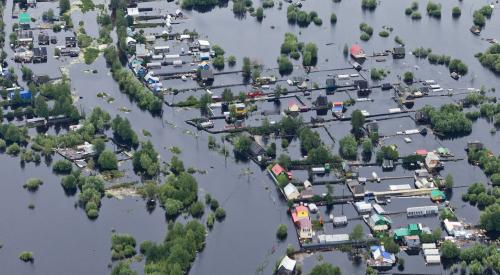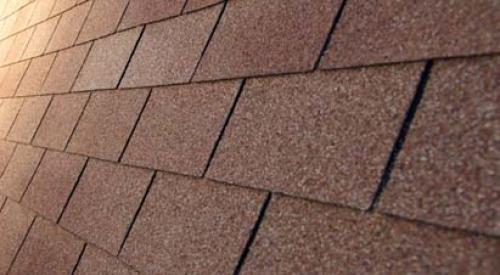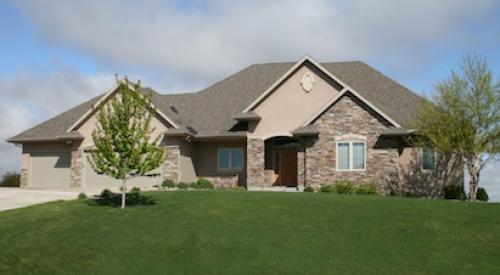| “One step ahead of both the market and other builders so we can establish tomorrow’s trends.” --Chuck Ellison, Miller and Smith, McLean, Va. |
Clemson University researchers are looking for answers blowin’ in the wind — engineering answers to the costly and often tragic problem of wind-wrecked homes. What they find could change how home builders work, or at least what is expected in their work.
The South Carolina university is well-equipped for the mission with 70-plus years of faculty field experience and the Wind Load Test Facility, one of the largest of its kind, featuring specialized instrumentation to measure not only wind effects and loads but also the structural capacity of buildings.
“Our equipment allows us to do what nobody else has done, to literally dissect the effects of a windstorm,” says Tim Reinhold, a Clemson civil engineering professor and one of the program’s lead researchers. The next step is getting those findings to builders and developers, city planners and inspectors, and, of course, homeowners.
One ongoing project now in its second year involves 20 retrofitted homes in South Florida, where researchers want to learn more about the impact of hurricanes on property. The monitored homes have not yet been in the path of a storm severe enough to yield new insights, but instruments are in place to measure wind speed, direction and pressure, and computers will collect and interpret data for each home when a big storm hits.
Previous Clemson research shows that high-wind damage to homes and other low-rise structures such as schools can be significantly reduced with attention to the selection and connection of walls, windows, doors and roof decking.
Many builders have viewed roofs, windows and doors as architectural detailing, but the importance of protecting a home’s exterior “skin” is critical, says Clemson associate professor Scott Schiff.
“For the most part, it’s components such as roofs and windows that get people in trouble, not the frame of the building,” Clemson re-searcher Peter Sparks says.
If a home loses even one small piece of sheathing, for example, losses can approach nearly the full value of the house because of rain damage to the interior and contents.
No surprise, then, that partners in Clemson’s wind engineering efforts have included insurance companies, which shared loss data from wind-related events, as well as the NAHB, the Institute for Business & Home Safety and the National Roofing Contractors Association.
With 2000 census figures showing that 75% of the U.S. population lives within 50 miles of a coast, many homeowners know all too well which way the wind blows. With Clemson’s studies, builders might become better prepared to save what it has been flowing away.
| Hurricane Straps and Clips IBHS inspectors verify that a fortified home has hurricane straps, clips and other hardware that connect the roof to the walls. Estimated cost: No incremental cost |
|
| Doors and Windows A fortified home contains doors, windows, skylights and patio doors that are impact- and pressure-resistant. Estimated cost: Doors — $2,000 for impact-resistant, $1,300 for shutters; Windows, skylights, patio doors — $3,700 with shutters, $10,000 with impact-resistant glass. |
|
| Foundation In a fortified home, inspectors verify that all walls are adequately anchored to the foundation. Connecting exterior structures, such as carports and porches, are securely attached to the main structure and foundation. Estimated cost: No incremental cost |
|
| Garage Doors and Tracks In a fortified home, garage doors comply with the highest standard for impact-resistant materials. These doors include heavy reinforced ribs and tracks to withstand high winds and debris. Estimate cost: $1,300 |
|
| Roofing A fortified home has thicker plywood deck fastened to the truss or rafters with longer nails; roof deck joints sealed with waterproof adhesive strips; and wind-resistant roof covering that is certified for use in hurricane regions and has a Class A fire rating. Estimated cost: $7,665 Source: Institute for Business & Home Safety |










